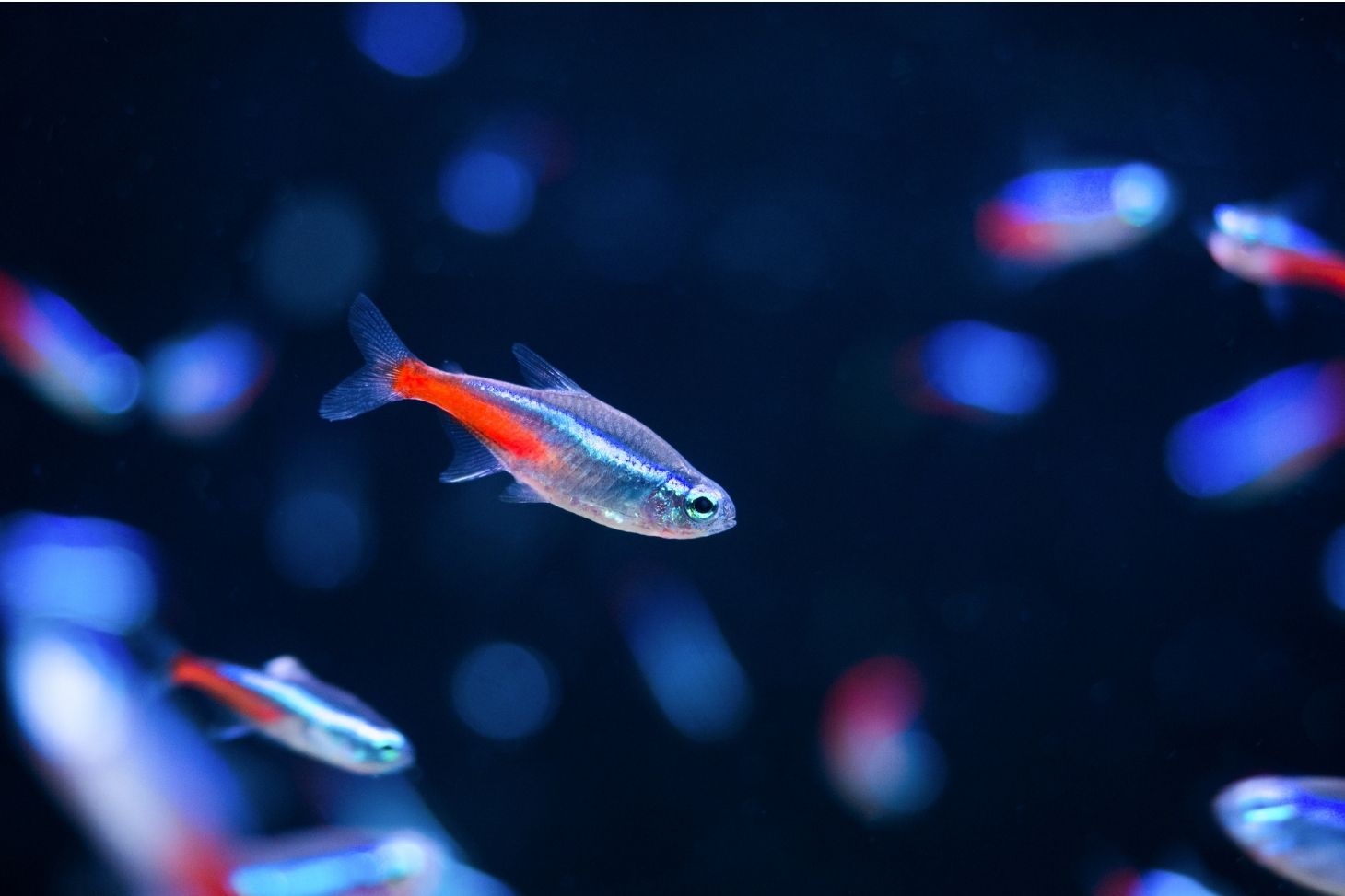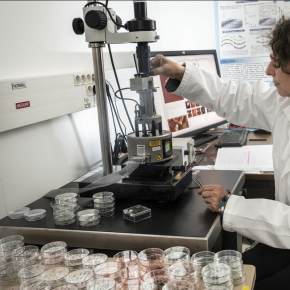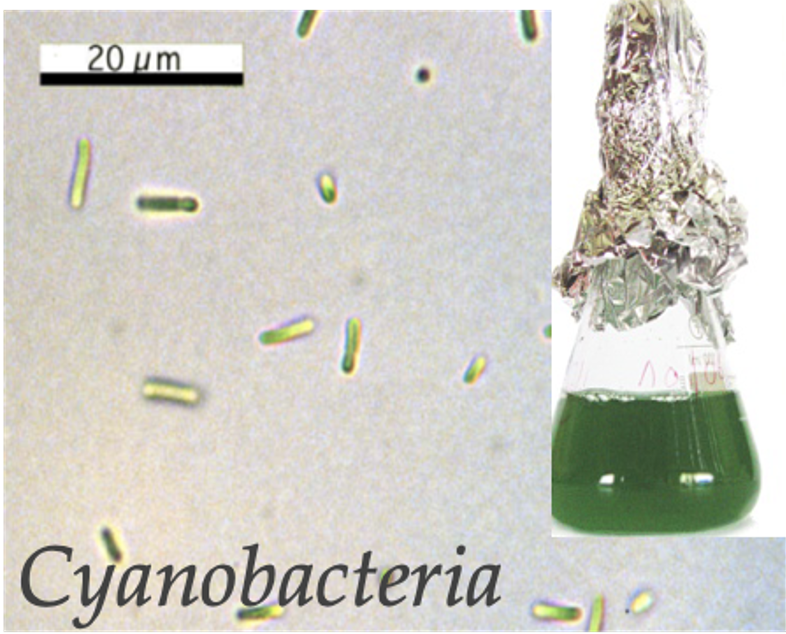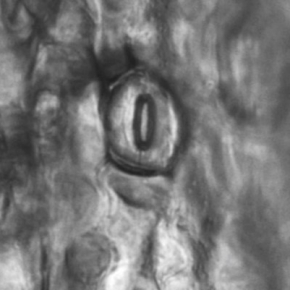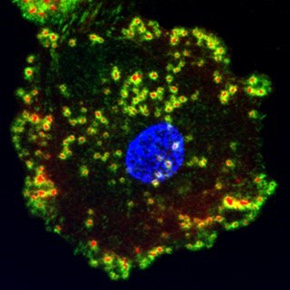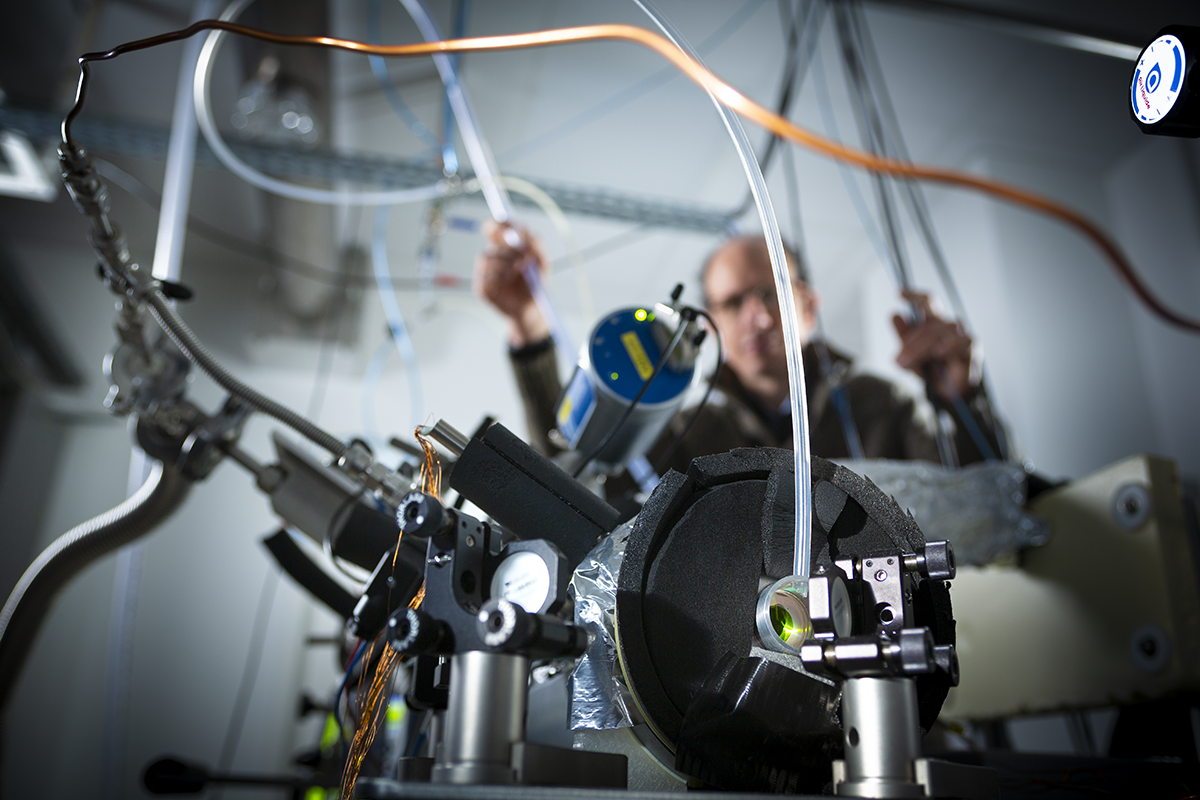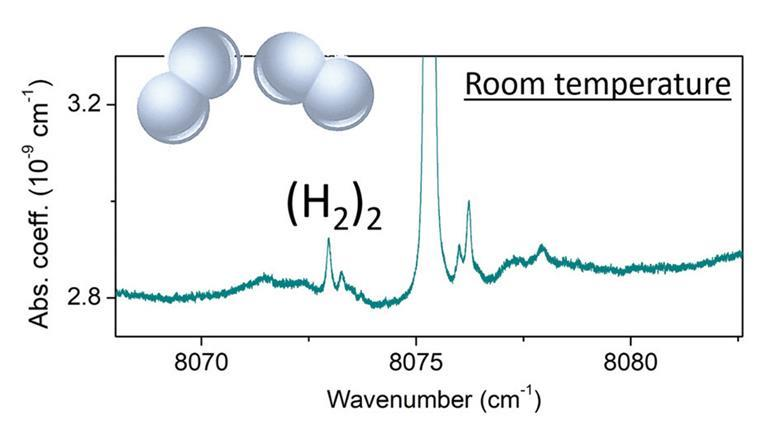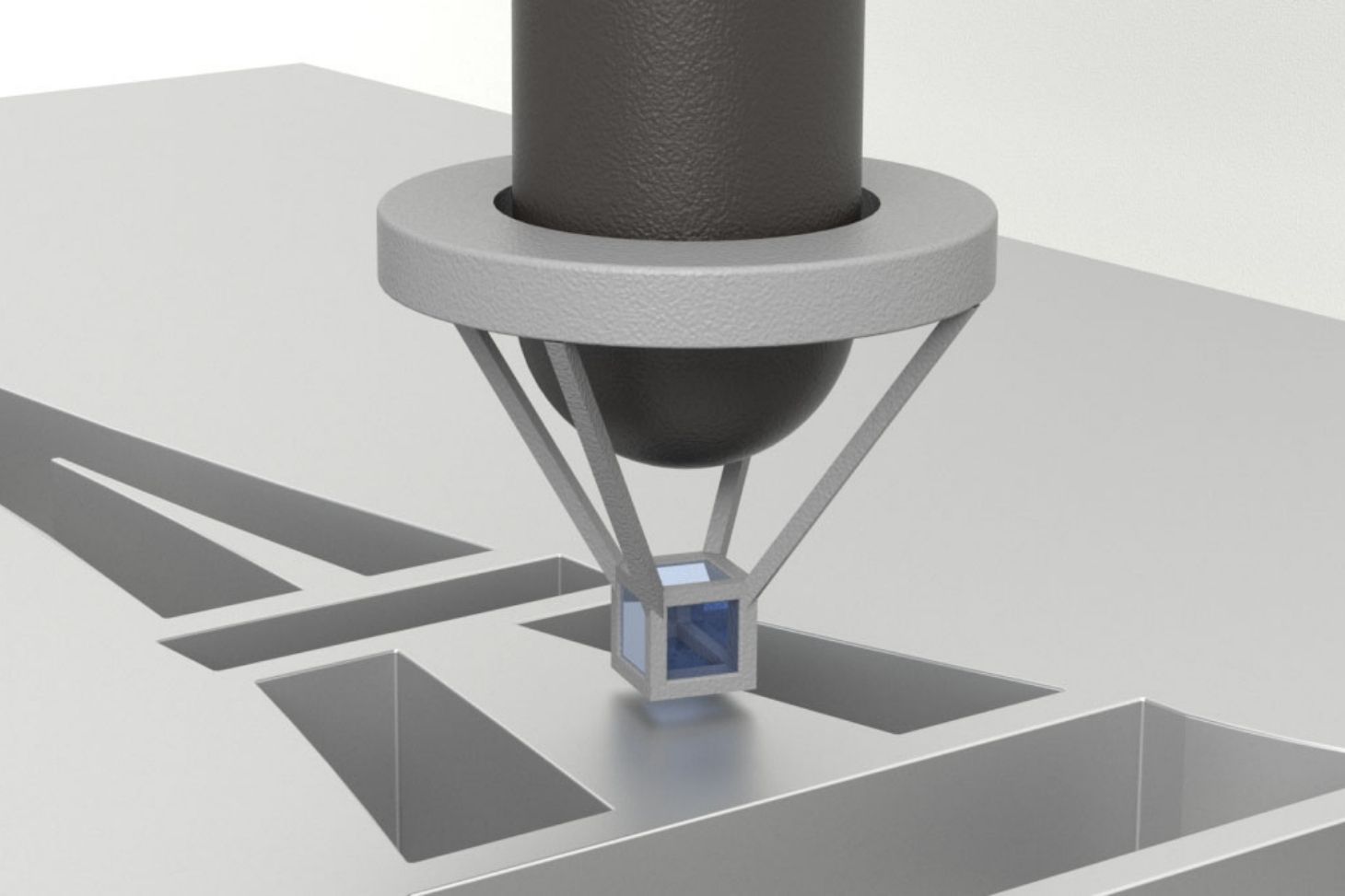Artificial intelligence for optical measurements at the ultimate limit of precision
When light is scattered, how accurately can a measurement result be derived from that light? An international research team has explored the limits of what is possible using artificial intelligence.
To find out more, take a look at :
- the news published on the CNRS Physique & UGA websites,
- the scientific article in Nature Photonics.
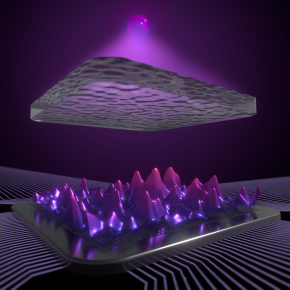
Contact
Dorian BOUCHET
dorian.bouchet univ-grenoble-alpes.fr (dorian[dot]bouchet[at]univ-grenoble-alpes[dot]fr)
univ-grenoble-alpes.fr (dorian[dot]bouchet[at]univ-grenoble-alpes[dot]fr)
Reference
I. Starshynov, M. Weimar, L. M. Rachbauer, G. Hackl, D. Faccio, S. Rotter & D. Bouchet. Model-free estimation of the Cramér–Rao bound for deep learning microscopy in complex media. Nature Photonics 19, 593-600 (2025)
